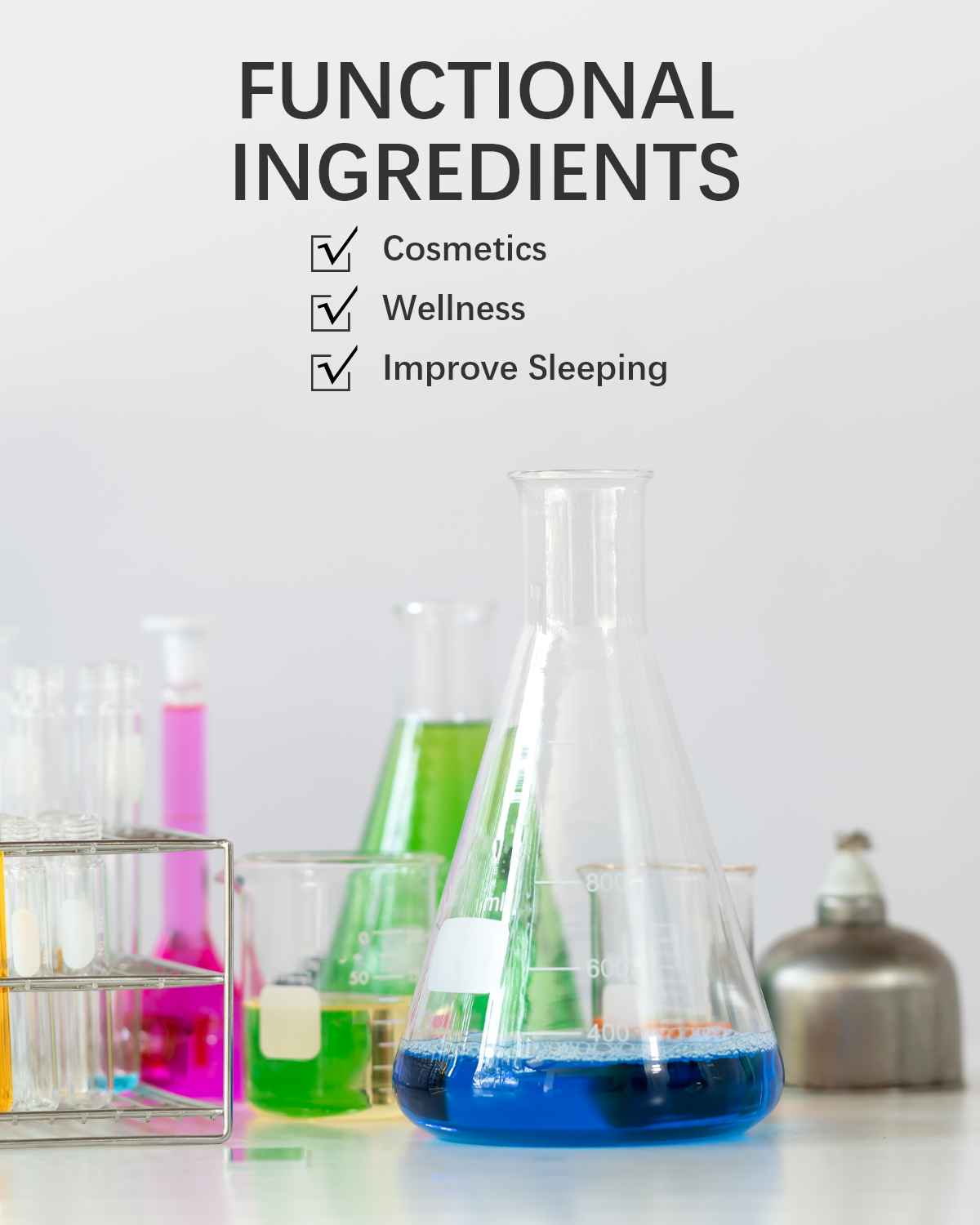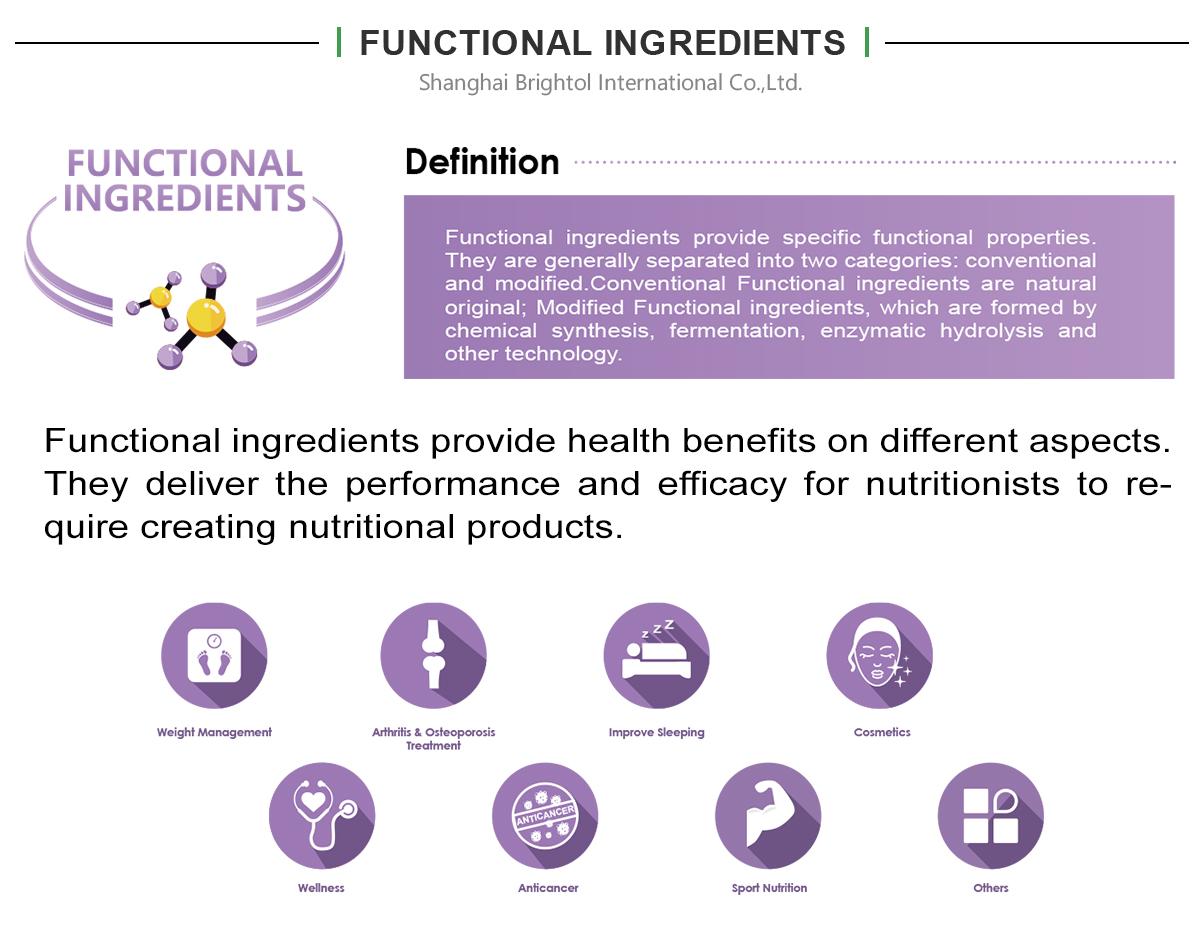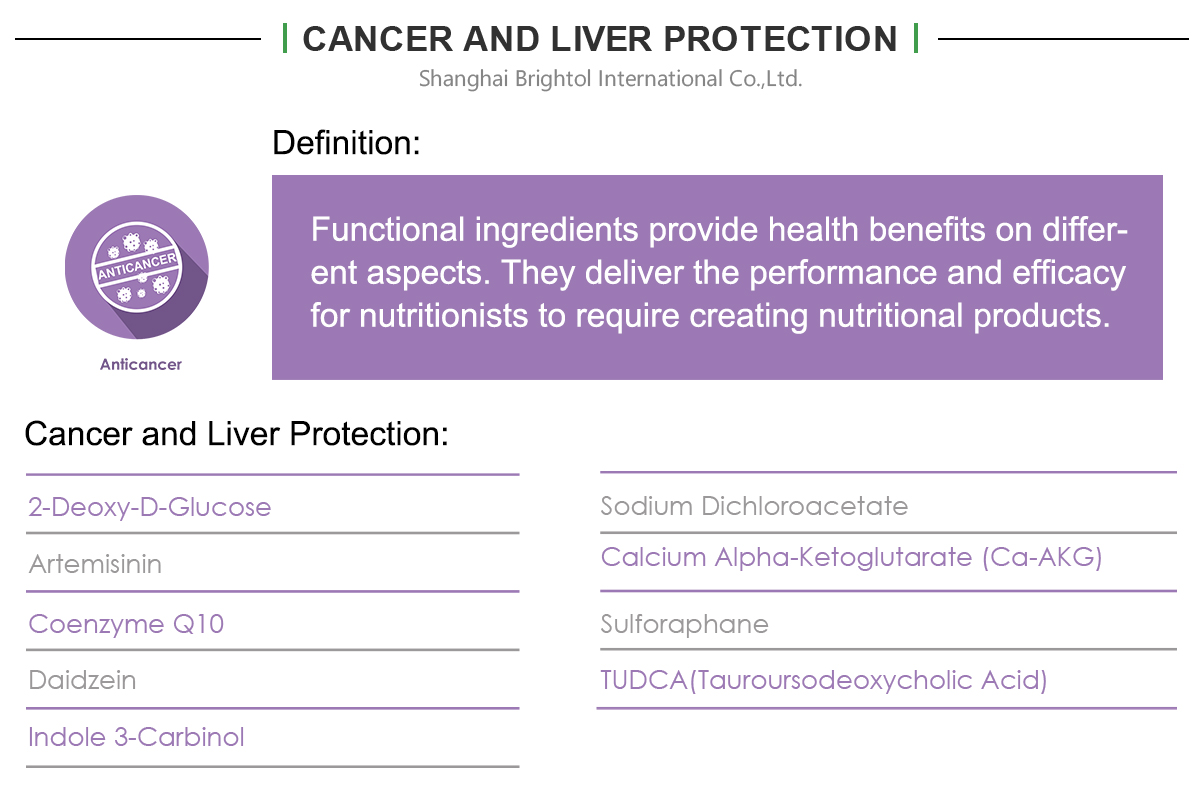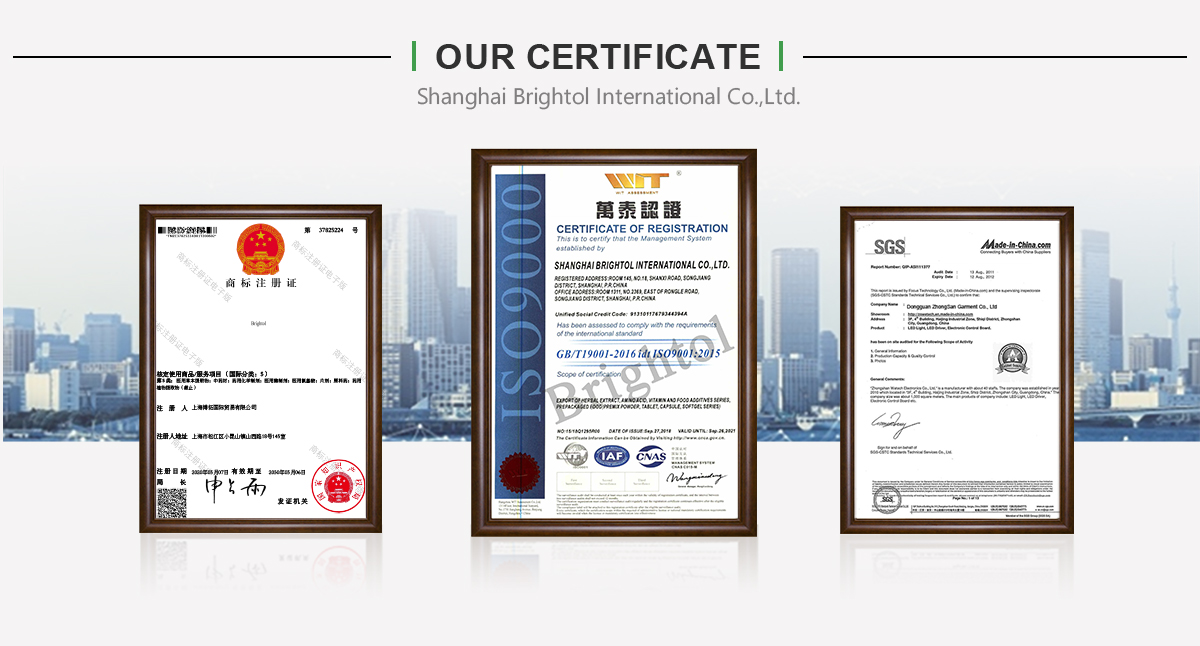

Product Name: Sodium Dichloroacetate
Synonyms: Dichloroacetic acid sodium salt
Molecular Formula: C2HCl2NaO2
Molecular Weight: 150.92
CAS No.: 2156-56-1
EINECS: 218-461-3
Description:
Sodium Dichloroacetate is a sodium salt of dichloroacetic acid. It's a white color, soluble in water crystalline powder. The chemical formula is Cl2CHCOONa. It has the same active anion group as DCA, but neutral pH. It's a simple molecule which has many applications. Commonly used by laboratories and universities for research purposes and as a reagent for making various compounds.


Product Name: Sodium Dichloroacetate
Synonyms: Dichloroacetic acid sodium salt
Molecular Formula: C2HCl2NaO2
Molecular Weight: 150.92
CAS No.: 2156-56-1
EINECS: 218-461-3
Description:
Sodium Dichloroacetate is a sodium salt of dichloroacetic acid. It's a white color, soluble in water crystalline powder. The chemical formula is Cl2CHCOONa. It has the same active anion group as DCA, but neutral pH. It's a simple molecule which has many applications. Commonly used by laboratories and universities for research purposes and as a reagent for making various compounds.
Sodium dichloroacetate, commonly referred to simply as dichloroacetate or DCA, is a buffered form of dichloracetic acid. This synthetic chemical compound has gained attention because it shows some potential as a cancer treatment. The buffered form of dichloracetic acid is not an acid and can be taken by mouth without causing burning.
Uses of Sodium Dichloroacetate
The only confirmed medical use for sodium dichloroacetate is for removing warts and other skin growths, according to the American Cancer Society. Researchers have tested it on humans for decreasing lactic acid buildup, or lactic acidosis, in rare diseases involving metabolism or caused by severe head injuries and malaria.
Benefits of Sodium Dichloroacetate
Sodium dichloroacetate is used for removing warts and other skin growths, according to the American Cancer Society. Researchers have tested it on humans for decreasing lactic acid buildup, or lactic acidosis, in rare diseases involving metabolism or caused by severe head injuries and malaria.








